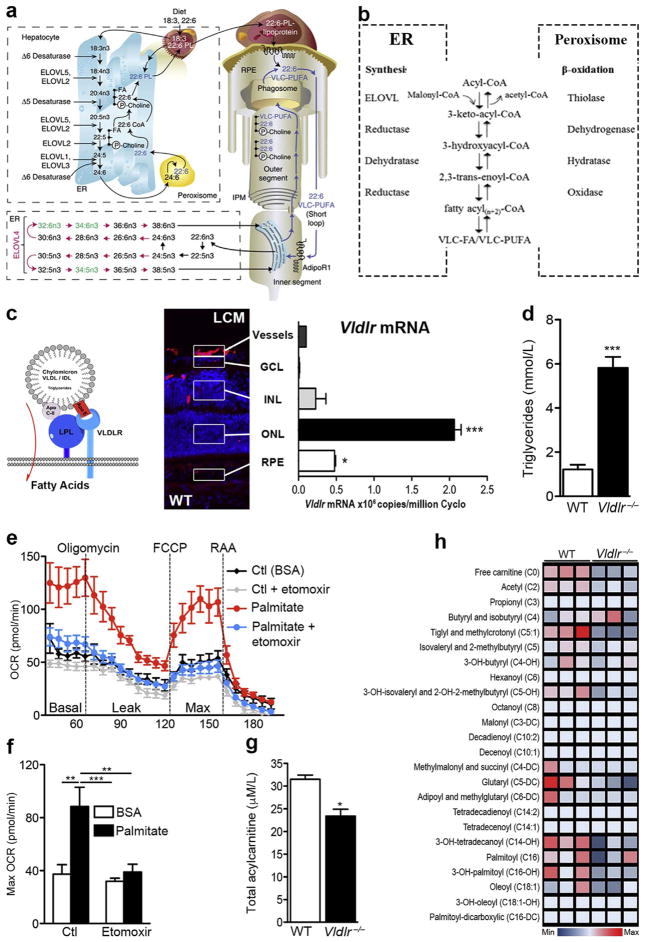Fig. 4. Very long-chain fatty acids and lipid metabolism in the retina.
(a) Schematic of the formation of VLC-PUFAs. The elongation steps catalyzed by ELOVL4 are unique to photoreceptor inner segments (in red). Shed photoreceptor apical disks are phagocytosed by RPE. DHA (22:6) and VLD-PUFAs are recycled back to photoreceptor inner segments. C, carbons; ELOVL, elongase of the very long-chain fatty acids; ER, endoplasmic reticulum; IPM, interphotoreceptor matrix; PL, phospholipid; RPE, retinal pigment epithelium. (b) Fatty acid elongation and β-oxidation pathways. Each round of elongation involves four successive steps in the endoplasmic reticulum. Elongated fatty acyl-CoA product may undergo further rounds of elongation, be released for use in the cell, or, β-oxidized in the peroxisome. (c) VLDL receptors bind triglyceride-rich chylomicrons and VLDLs that express Apo-E, allowing lipoprotein lipase (LPL) to release long-chain fatty acids. VLDLR is highly expressed in photoreceptors (outer nuclear layer; ONL) by laser capture microdissection (LCM and qRT-PCR). GCL: ganglion cell layer, INL: inner nuclear layer, RPE: retinal pigment epithelium. n = 3 retinas, scale: 50 μm. (d) Circulating plasma triglyceride levels in WT and Vldlr−/− mice. P < 0.0001. (e) Oxygen consumption rate (OCR) and (f) maximal OCR of wild-type (WT) retinas provided with long-chain fatty acid (FA) palmitate or control (Ctl: bovine serum albumin or BSA) in the presence or absence of FA oxidation inhibitor, etomoxir (40 μM). n=6–8 retinas. (g) Total acylcarnitine levels (P = 0.0108) and (h) metabolite array of FA β-oxidation, measured by LC/MS/MS. n = 3 animal retinas. Figure modified, with permission, from (Joyal et al., 2016; Rice et al., 2015).

